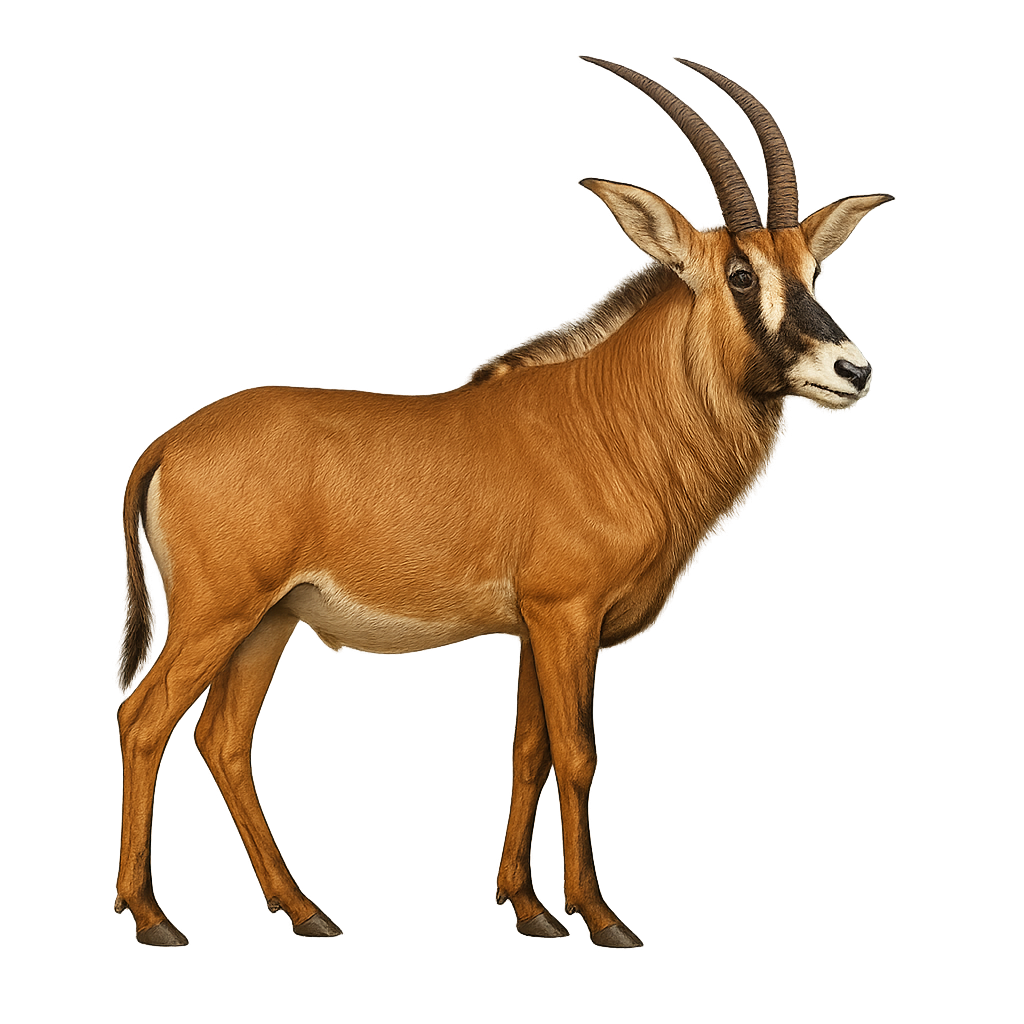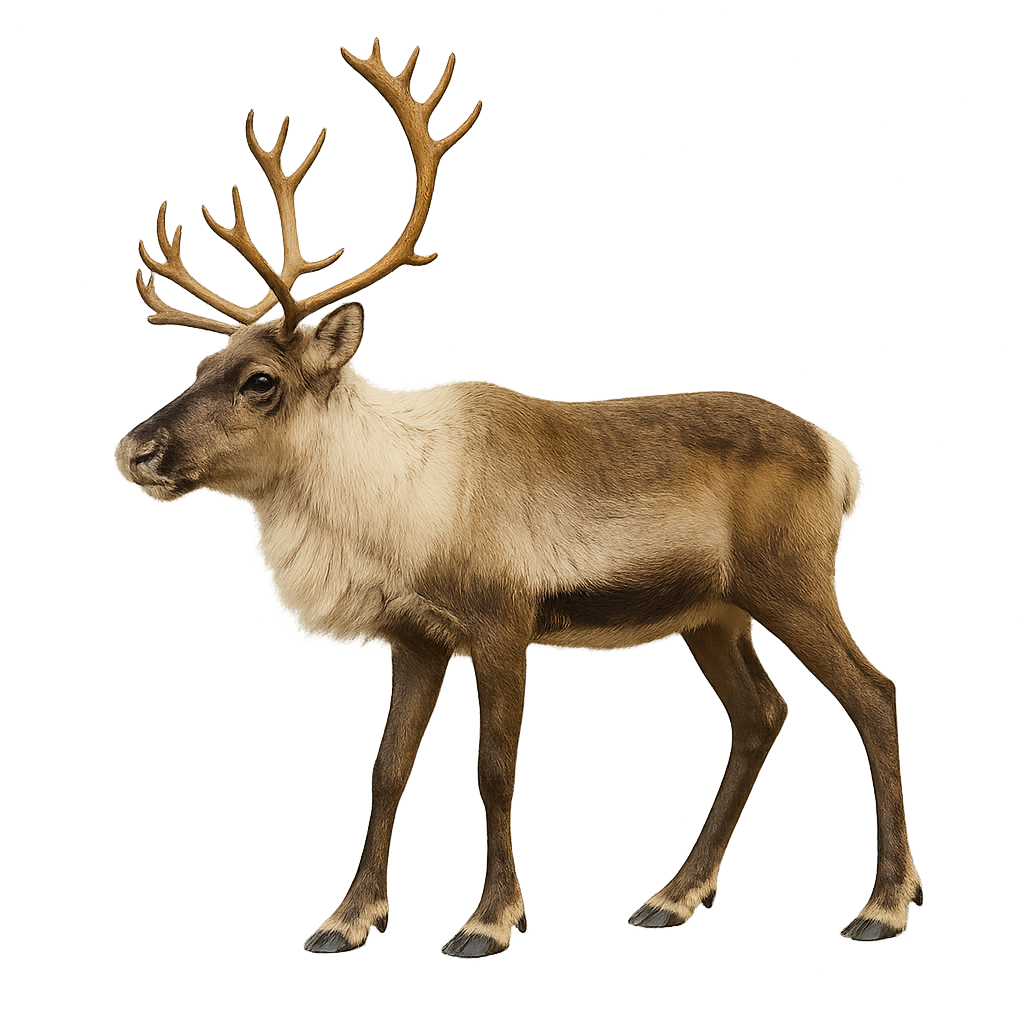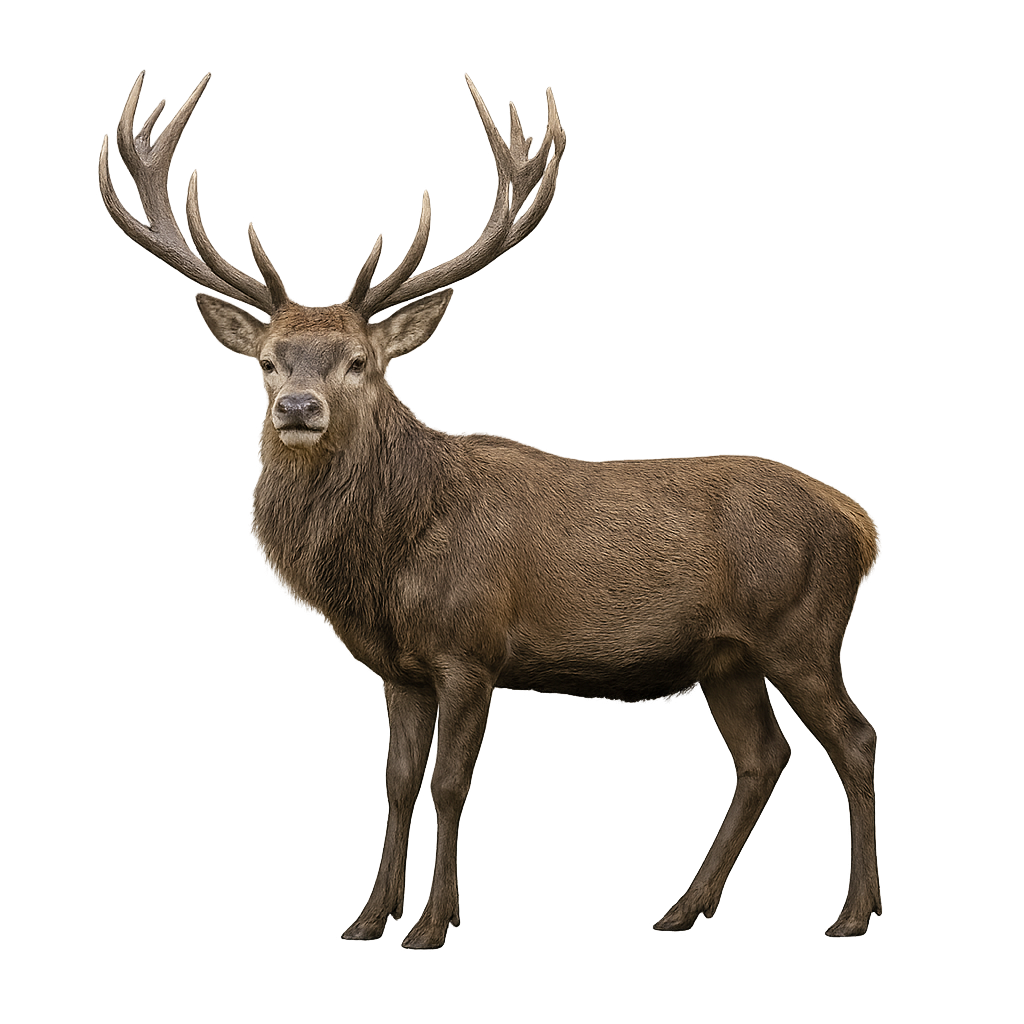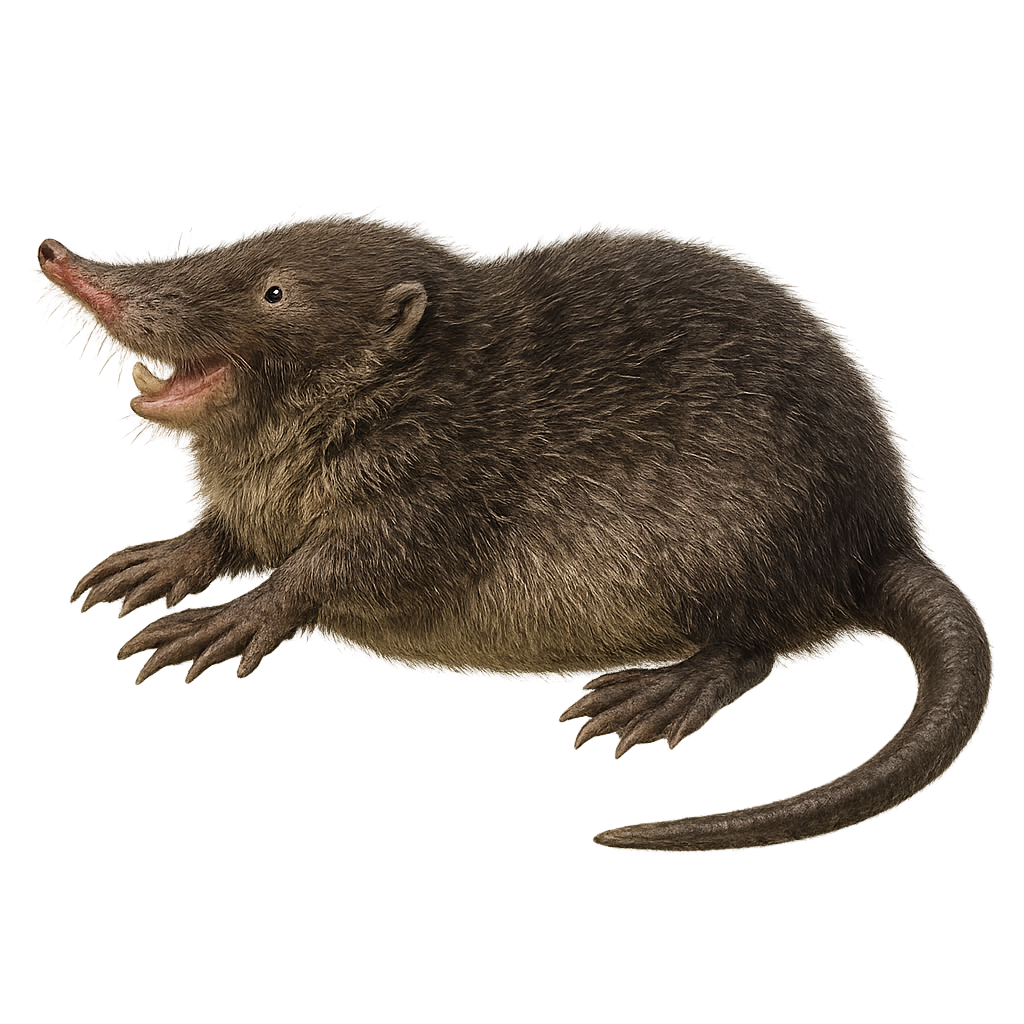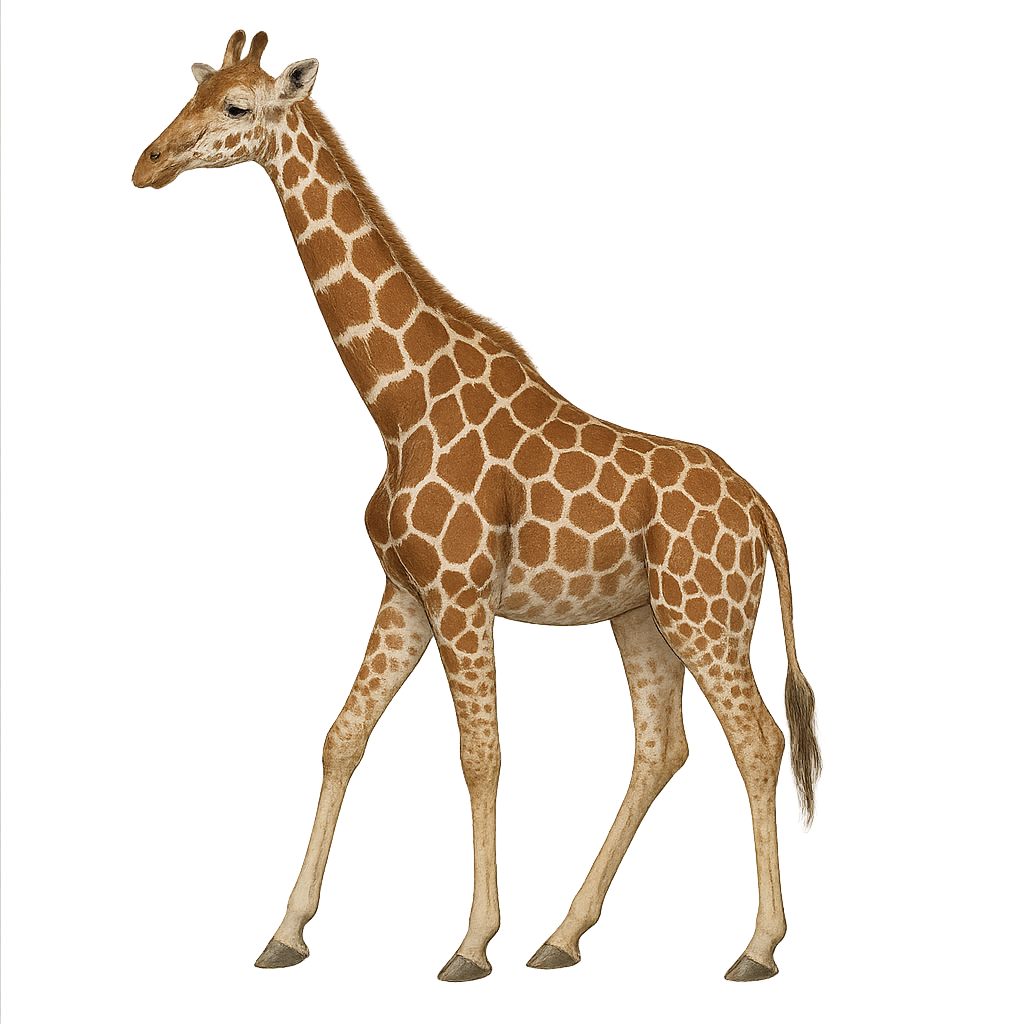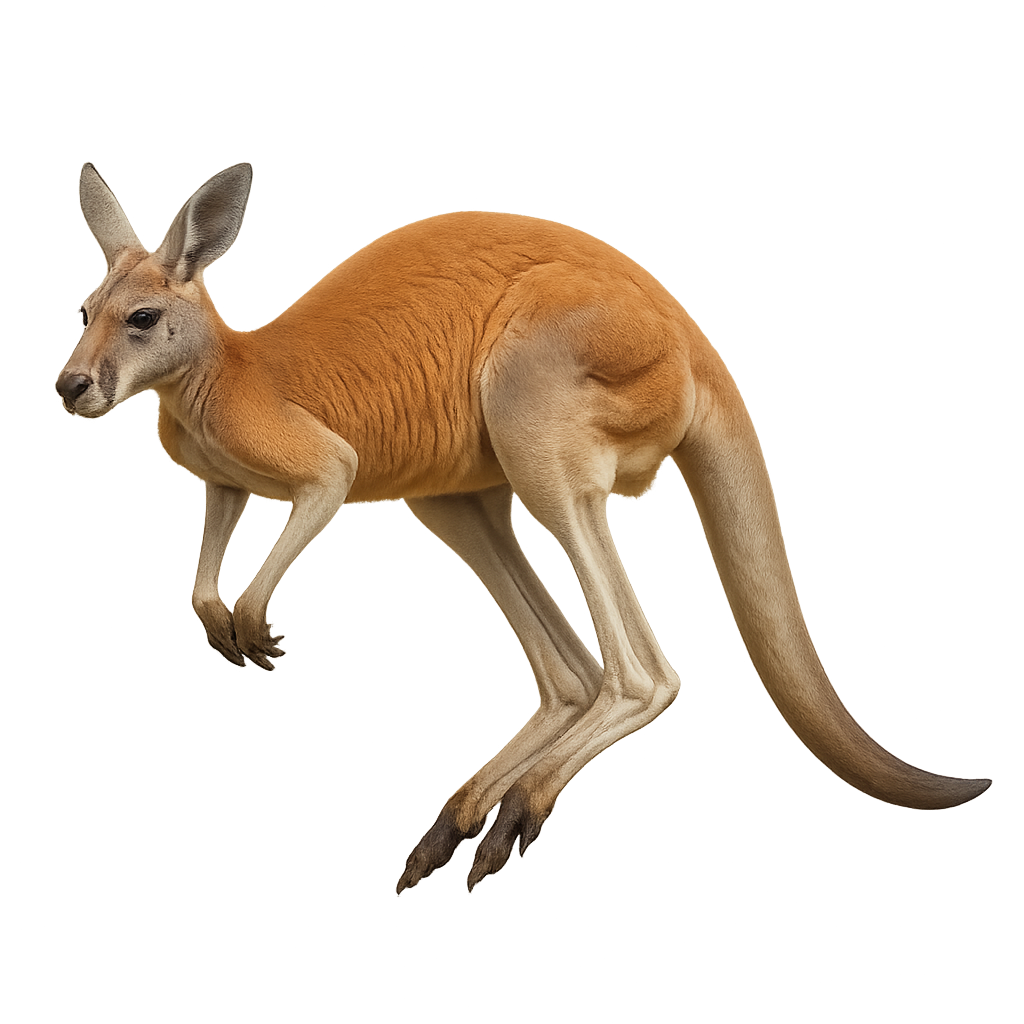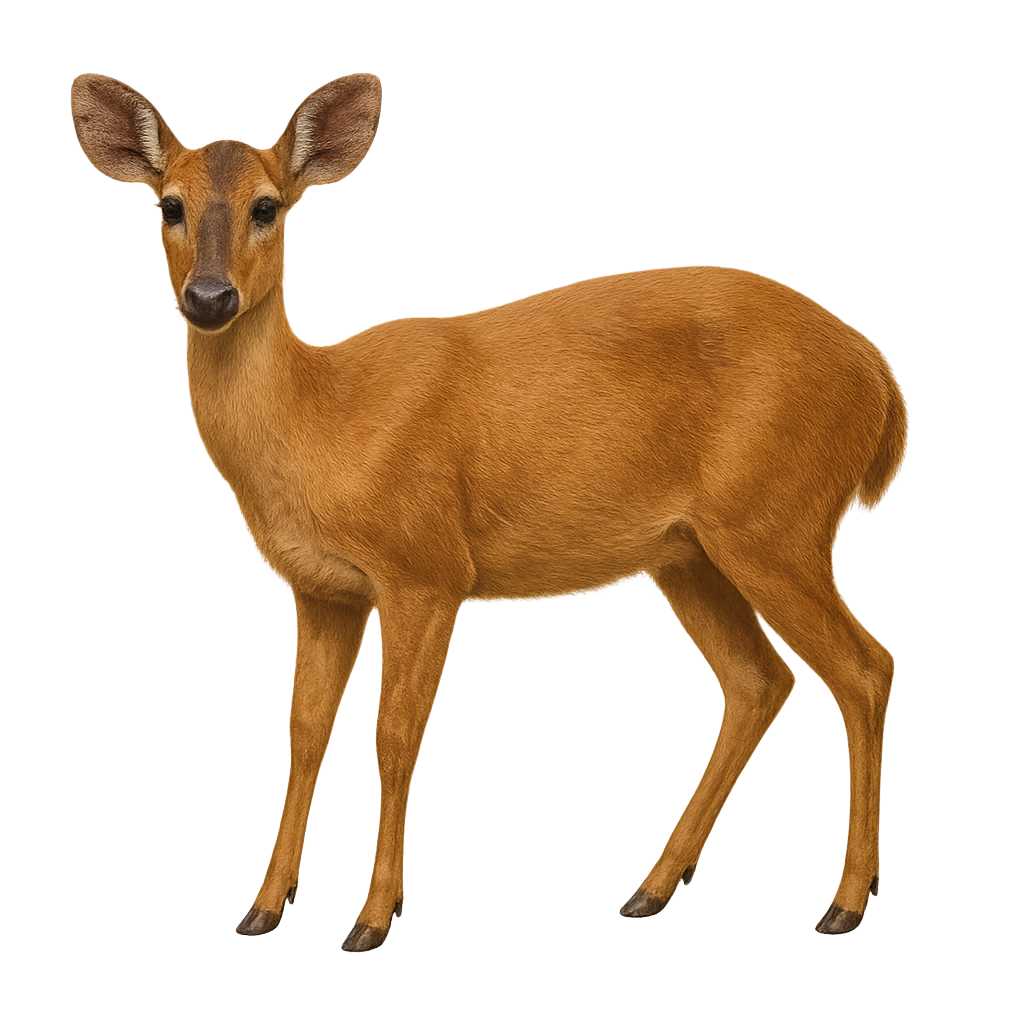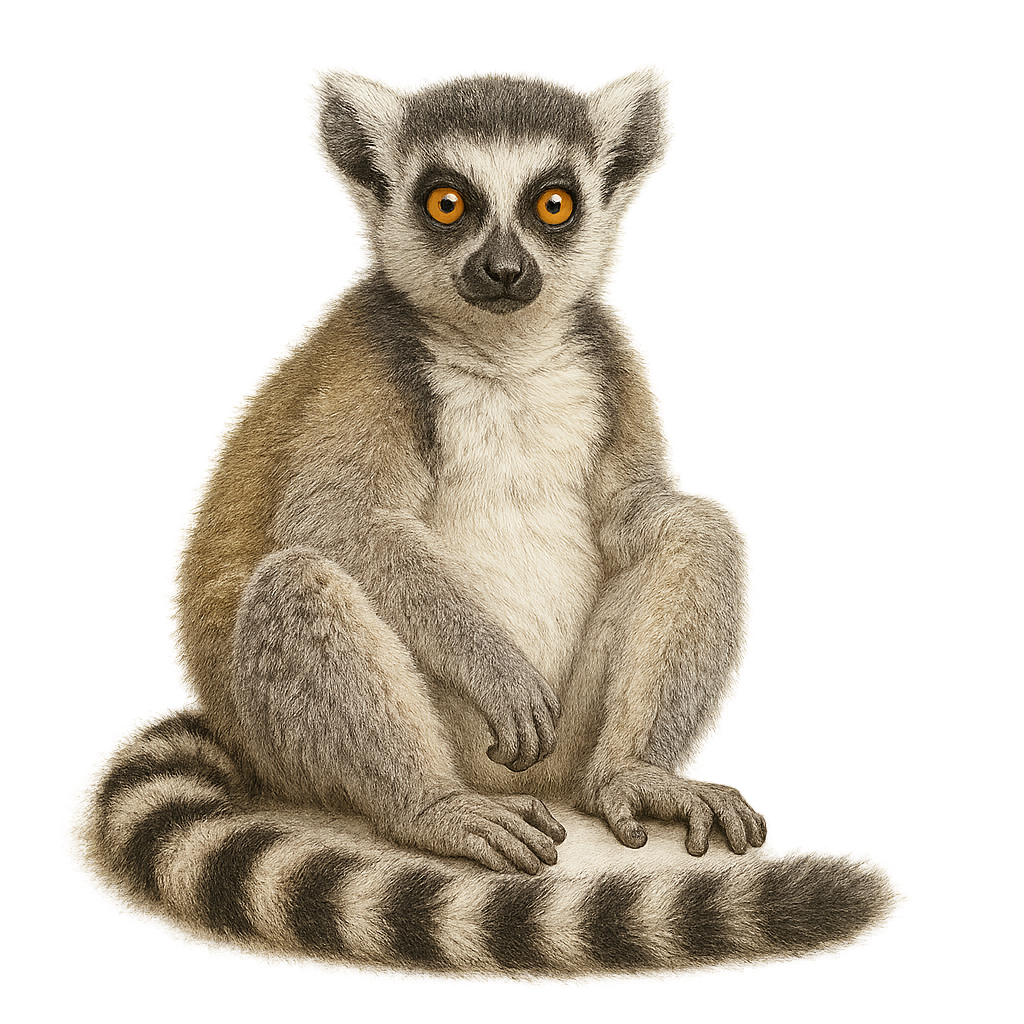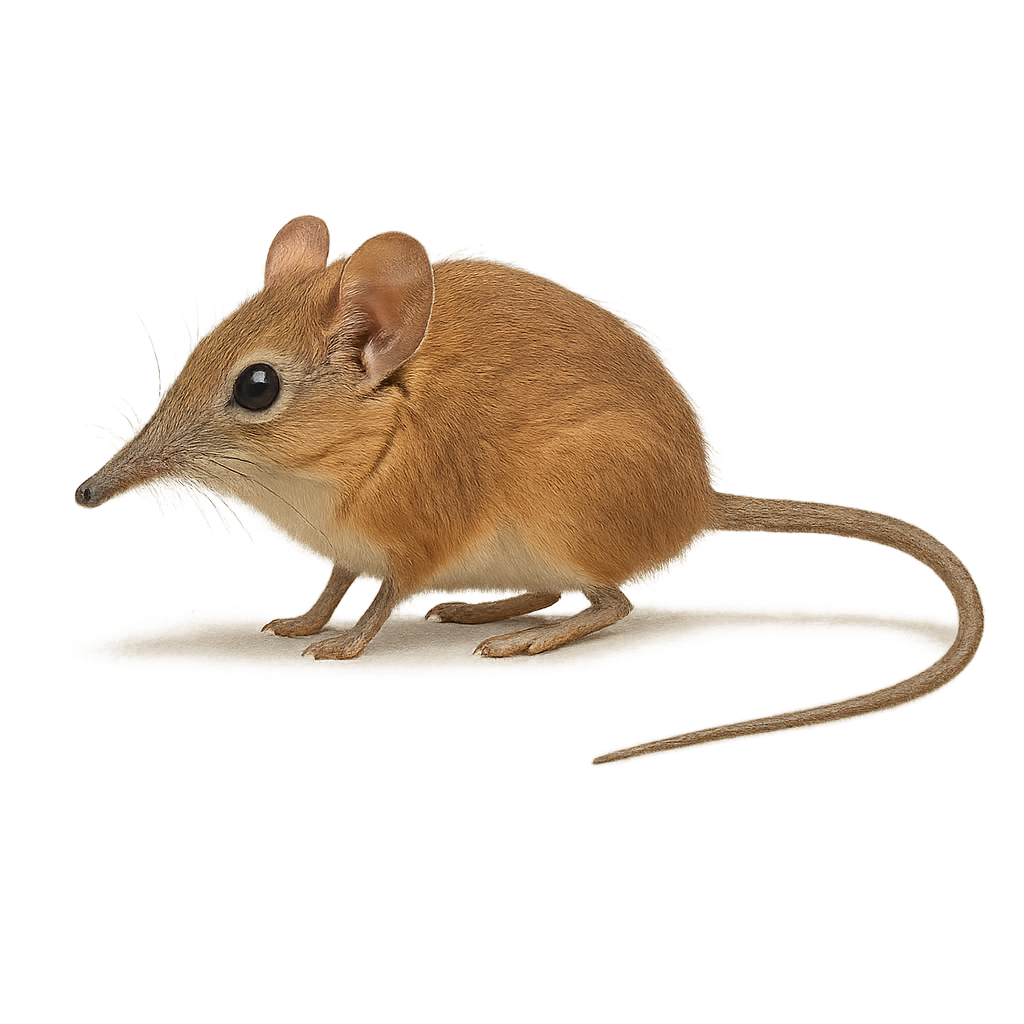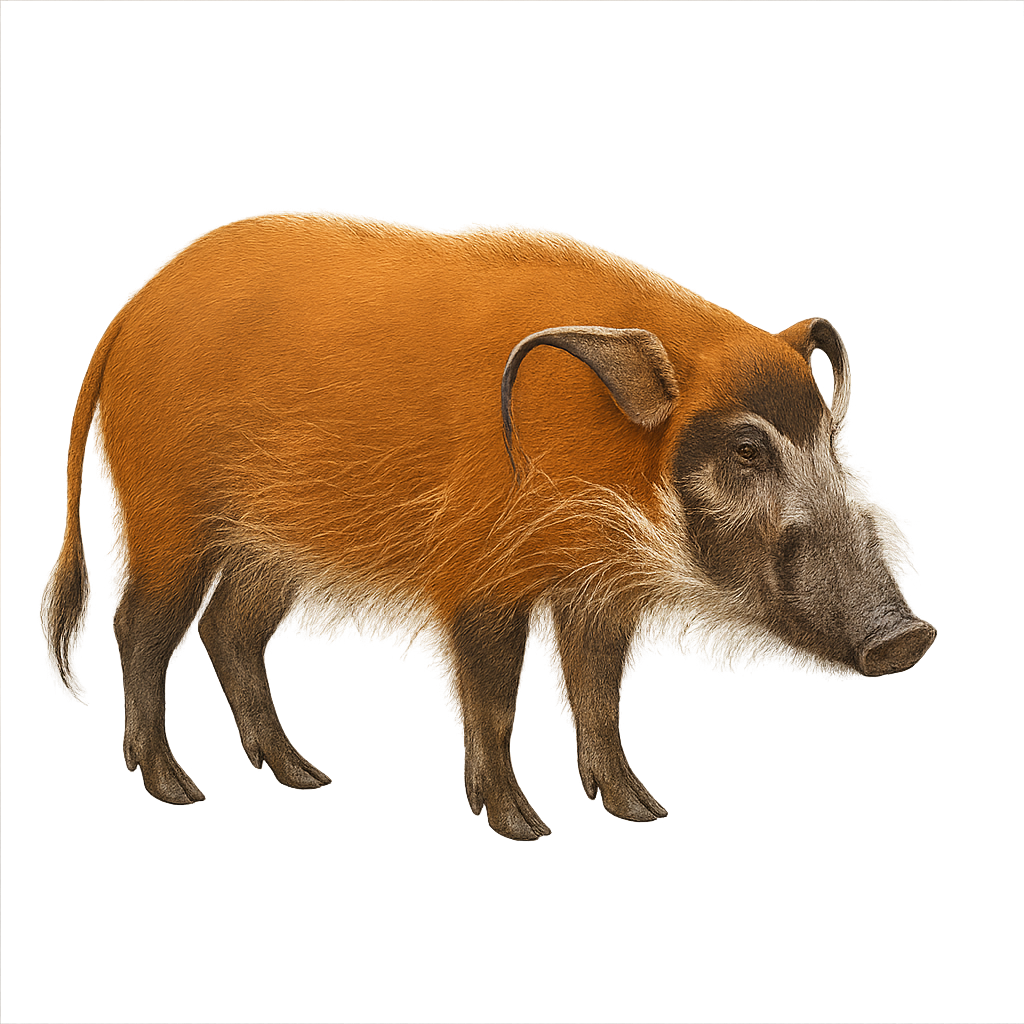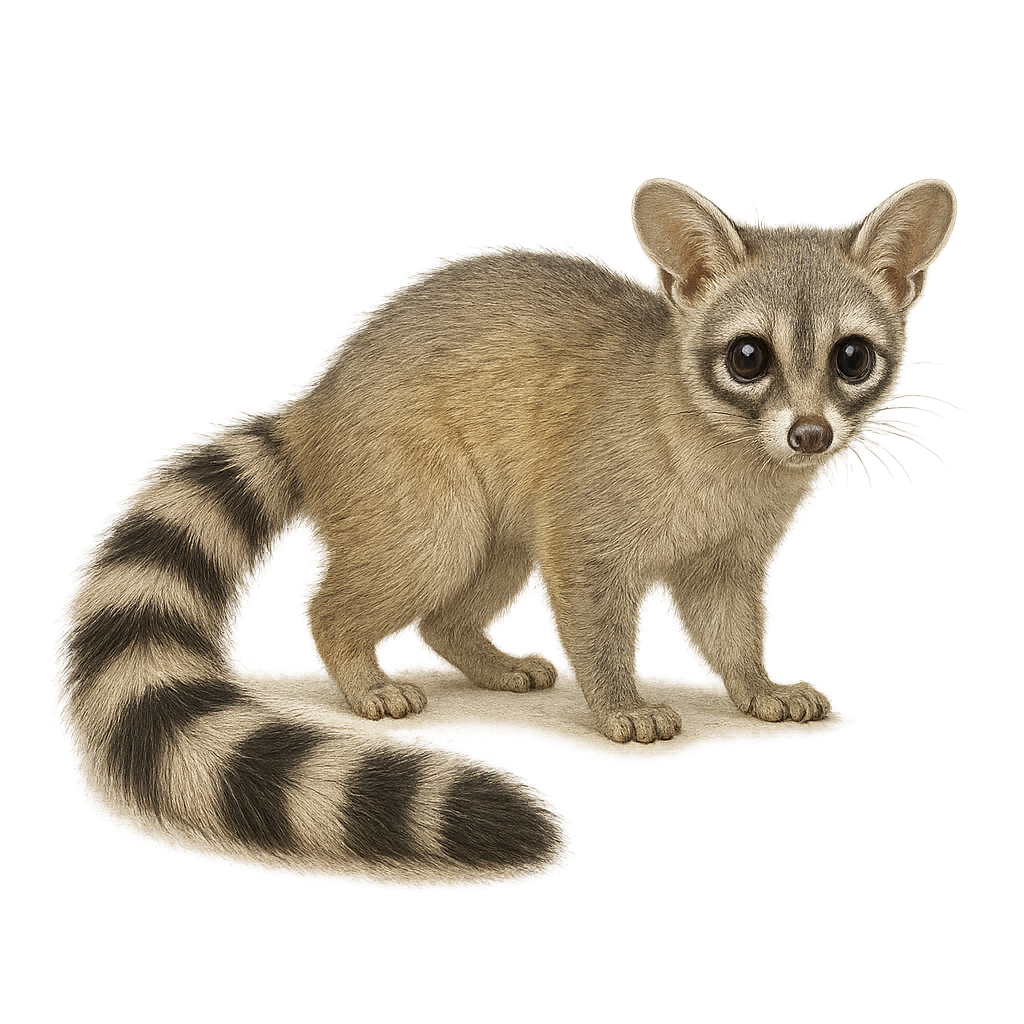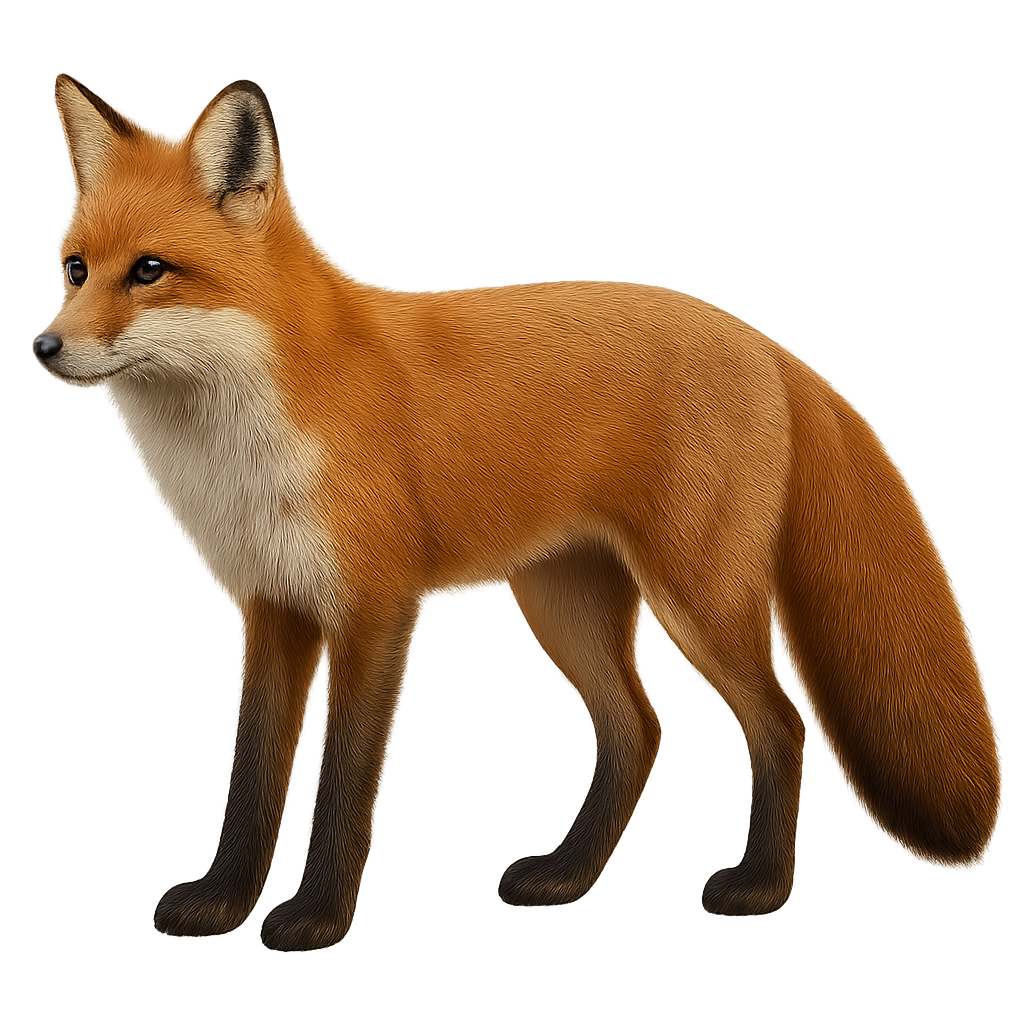Animal Species Profiles:
Mammals, Birds, Reptiles & More
Explore wildlife from around the world with the species profiles on WildlifePhotographer. Mammals, birds, reptiles… For each species, you’ll find key information such as habitat, observation periods, distribution, and photography tips. Want more details and advanced features? Download the full app for the complete experience.
Roan antelope
Hippotragus equinus
The roan antelope, Hippotragus equinus, is a large African herbivore known for its reddish-brown coat and long, ringed horns. It primarily inhabits the savannas and wooded grasslands of sub-Saharan Africa. Males are slightly larger than females, reaching up to 1.5 meters at the shoulder and weighing around 300 kg. Both sexes have horns that can grow up to a meter long. The roan antelope is a gregarious animal, living in small herds led by a dominant female. It is known for its wary nature and ability to vigorously defend its young from predators.
Reindeer
Rangifer tarandus
The Caribou, or Reindeer in Europe, is a large cervid adapted to cold and northern environments. It is easily recognizable by its distinctive antlers, which are present in both males and females, a unique trait among cervids. Its thick, woolly coat, typically brown with lighter shades on the belly and neck, allows it to survive in the harshest climates. Caribou populations are found primarily in arctic and subarctic regions, including Iceland, where they were introduced and have thrived in the mountainous and tundra landscapes.
The Caribou is a migratory species, undertaking long seasonal migrations to find food resources. It primarily feeds on lichens, grasses, and tundra plants, which it digs out from under the snow during the winter. The Caribou plays a crucial role in its ecosystem by affecting vegetation and serving as prey for large carnivores such as wolves. However, it is threatened by climate change and habitat loss.
Red deer
Cervus elaphus
Roe deer
Capreolus capreolus
The Roe Deer is an elegant, small cervid, recognizable by its slender figure and long legs. It has a coat that changes with the seasons: reddish-brown in summer, becoming more gray-brown in winter. Males carry antlers, which grow back each year and are generally smaller than those of other cervids. The Roe Deer primarily lives in forests, wooded areas, and heathlands, where it hides during the day and becomes more active at dusk and night, particularly for feeding.
Its diet is varied, consisting of leaves, fruits, young shoots, and bark. While it is generally discreet and solitary, it can sometimes be seen in small groups, especially in winter. The Roe Deer is an agile and fast animal, capable of covering large distances in a short time when threatened. While its population remains relatively stable, it faces threats from hunting and habitat loss.
Raccoon dog
Nyctereutes procyonoides
The raccoon dog, or Nyctereutes procyonoides, is a canid native to East Asia, known for its thick fur and distinctive facial mask resembling that of a raccoon. This omnivorous mammal adapts to various environments, from forests to wetlands. Primarily nocturnal and crepuscular, it feeds on small animals, fruits, and vegetation. Although often solitary, it can form monogamous pairs. Introduced to Europe for fur farming, it has established itself in some regions. Its adaptability and varied diet make it a resilient species, though its impact on local ecosystems is sometimes debated.
Russian Desman
Desmana moschata
The Russian Desman, or Desmana moschata, is a small semi-aquatic mammal belonging to the Talpidae family. It is primarily found in the wet regions of Russia and Ukraine. This peculiar animal has a long, flexible snout and a flattened tail, which allow it to move easily in water. Its dense, waterproof fur protects it from the cold, while its webbed feet facilitate swimming. The Russian Desman is a nocturnal animal, feeding mainly on aquatic insects, small fish, and crustaceans. Unfortunately, it is threatened by habitat destruction and water pollution, leading to a significant decline in its population.
Reticulated giraffe
Giraffa camelopardalis reticulata
The reticulated giraffe, or Giraffa camelopardalis reticulata, is a subspecies of giraffe known for its distinctive coat pattern of large polygonal patches separated by white lines. It is primarily found in northeastern Kenya, southern Ethiopia, and Somalia. Reticulated giraffes live in loose social groups and primarily feed on acacia leaves, which they reach with their long necks. They play a crucial role in their ecosystem by promoting tree growth and seed dispersal. Although majestic, they are vulnerable due to habitat loss and poaching. Their population is declining, leading to their classification as a vulnerable species by the IUCN.
Red kangaroo
Macropus rufus
The Red Kangaroo is one of the most iconic and largest species of kangaroos in Australia. It is easily recognizable by its red-brown fur and large size, with adult males reaching over 2 meters in length, including their tail. The Red Kangaroo lives in the dry and semi-arid regions of the Australian Outback, where it primarily feeds on grasses and plants. This animal is an excellent jumper and uses its powerful hind legs to travel at high speeds, often performing impressive leaps. While it is mainly active at dusk and dawn, it can also adapt to the extreme temperatures of its environment.
Red Brocket
Mazama americana
The Mazama americana, or red brocket, is a small deer native to South America. It is characterized by its reddish coat and modest size, standing about 70 to 80 cm at the shoulder. This deer prefers dense forests where it can hide from predators. It is mostly solitary except during the breeding season. Its diet consists of leaves, fruits, and young shoots. Although relatively discreet, it plays a crucial role in seed dispersal, aiding forest regeneration. Its population is threatened by deforestation and hunting, leading to its classification as a vulnerable species by the IUCN.
Ring-tailed lemur
Lemur catta
The Ring-tailed lemur is an iconic lemur from Madagascar, easily recognizable by its long, black and white ringed tail. It primarily inhabits dry forests and rocky areas in the south of the island. This social primate lives in matriarchal groups that can number up to 30 individuals. Active during the day, it spends much of its time foraging for food, mainly fruits, leaves, and flowers. The Ring-tailed lemur is also known for its morning sunbathing, sitting facing the sun to warm up. Unfortunately, this species is threatened by deforestation and hunting, leading to a decline in its wild population.
Rufous elephant shrew
Elephantulus rufescens
Elephantulus rufescens is a small insectivorous mammal endemic to East Africa, measuring 10–15 cm with reddish fur and a distinctive elongated snout. It inhabits dry savannas, scrub, and forest edges, feeding on ants and small invertebrates using its long hind legs and sensitive muzzle.
Red panda
Ailurus fulgens
The Red Panda, also known as the Lesser Panda, is a small mammal native to the mountains of the Himalayas and southern China. It measures between 50 and 65 cm in length, with a bushy tail of 30 to 50 cm, and weighs between 3 and 6 kg. Its coat is predominantly reddish, with white patches around the eyes, ears, and muzzle. The Red Panda is primarily arboreal, living in temperate and mountainous forests, where it feeds on bamboo, fruits, berries, roots, and occasionally insects. Although it is an excellent climber, it is also active on the ground. The Red Panda is a vulnerable species, primarily threatened by habitat loss, deforestation, and illegal hunting.
Red river hog
Potamochoerus porcus
The red river hog is a mammal from the suid family, recognizable by its reddish coat and ears adorned with long white tufts of hair. It is mainly found in the forests of Central and West Africa. This suid is omnivorous, feeding on roots, fruits, small animals, and insects. It lives in family groups led by a dominant male. Red river hogs are known for their ability to swim and navigate aquatic environments. Their behavior is generally suspicious of humans, although they can become accustomed to their presence in protected areas.
Ringtail
Bassariscus astutus
The Bassariscus astutus, commonly known as the ringtail, is a small carnivorous mammal native to North America. It is recognizable by its long, ringed tail and gray-brown fur. This small predator is highly agile and adaptable, allowing it to thrive in various habitats, from forests to urban areas. Primarily nocturnal, it feeds on a variety of foods, including fruits, insects, and small vertebrates. Although solitary, it can sometimes be seen in small family groups. Its ability to climb and squeeze into tight spaces makes it a fascinating animal to observe.
Red fox
Vulpes vulpes
The Red Fox is a small carnivore primarily found in forests, meadows, and agricultural areas of Europe, Asia, and North America. It measures about 45 to 90 cm in length, with a tail of 30 to 50 cm, and weighs between 3 and 10 kg. Its fur is typically reddish with white underparts and on the legs, and its tail is bushy with a white tip. The Red Fox is an opportunistic and omnivorous animal, feeding on small mammals, birds, insects, fruits, and berries. It is primarily active at dusk and night. While its population remains relatively stable in many regions, it can be threatened by habitat loss, vehicle collisions, and diseases.


